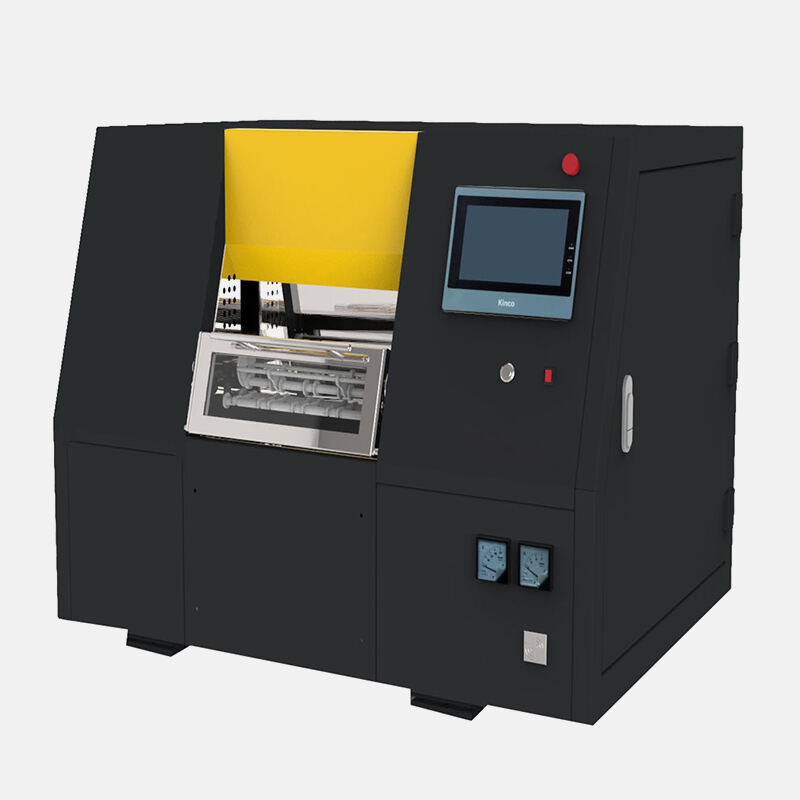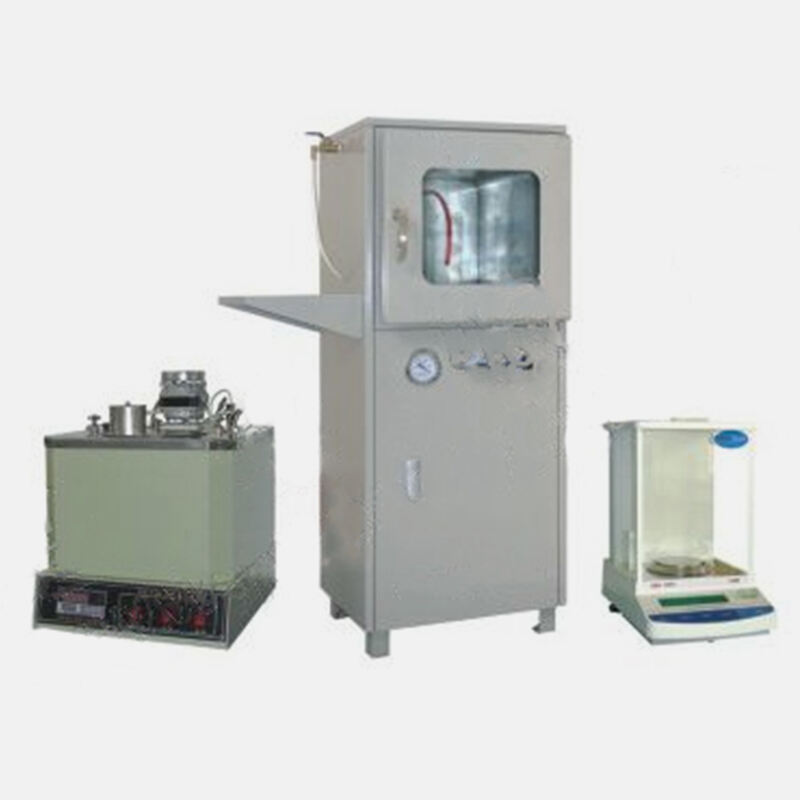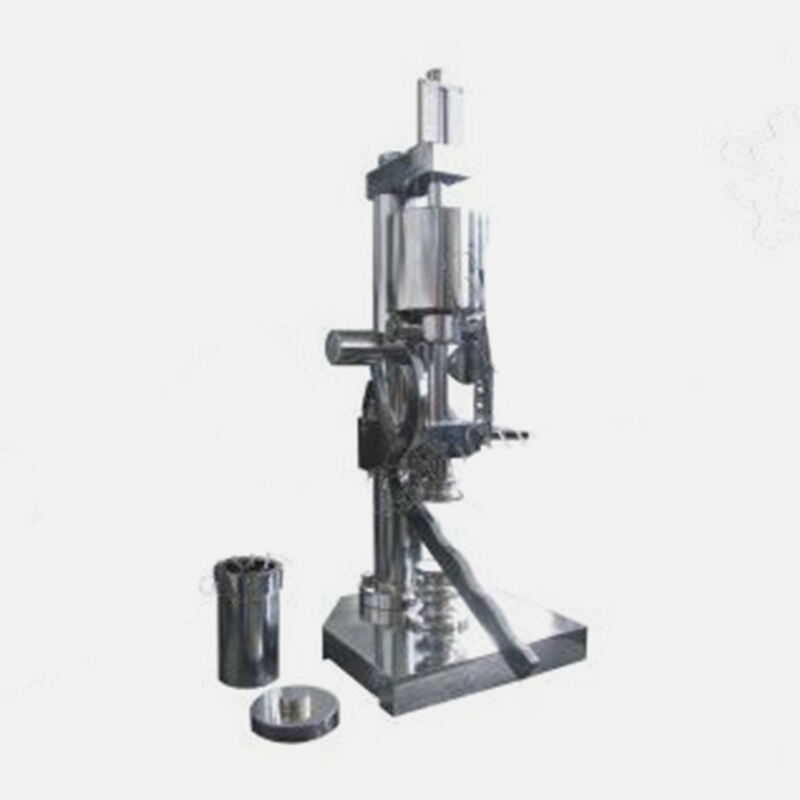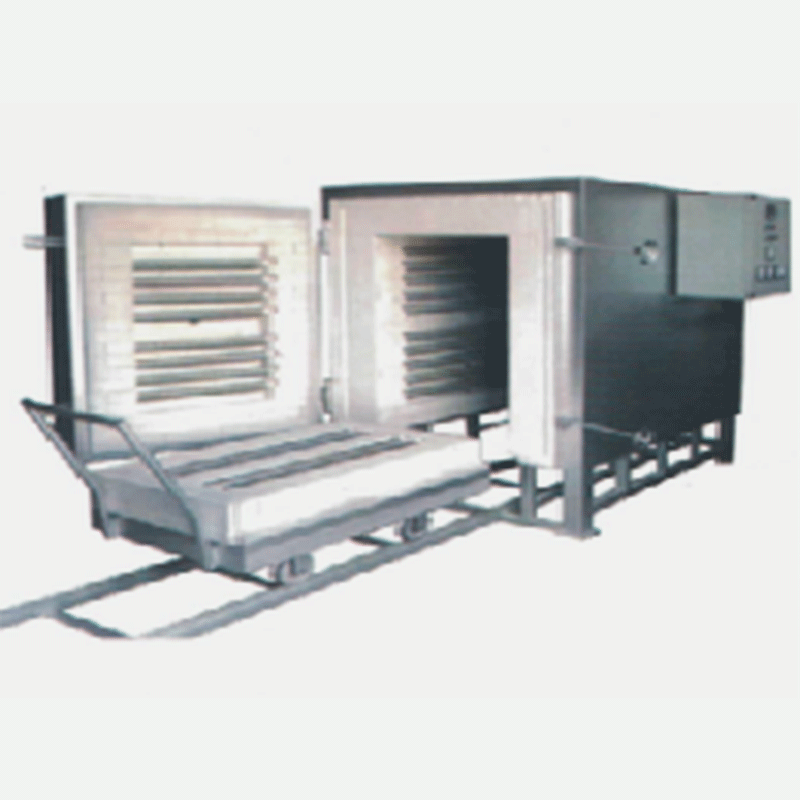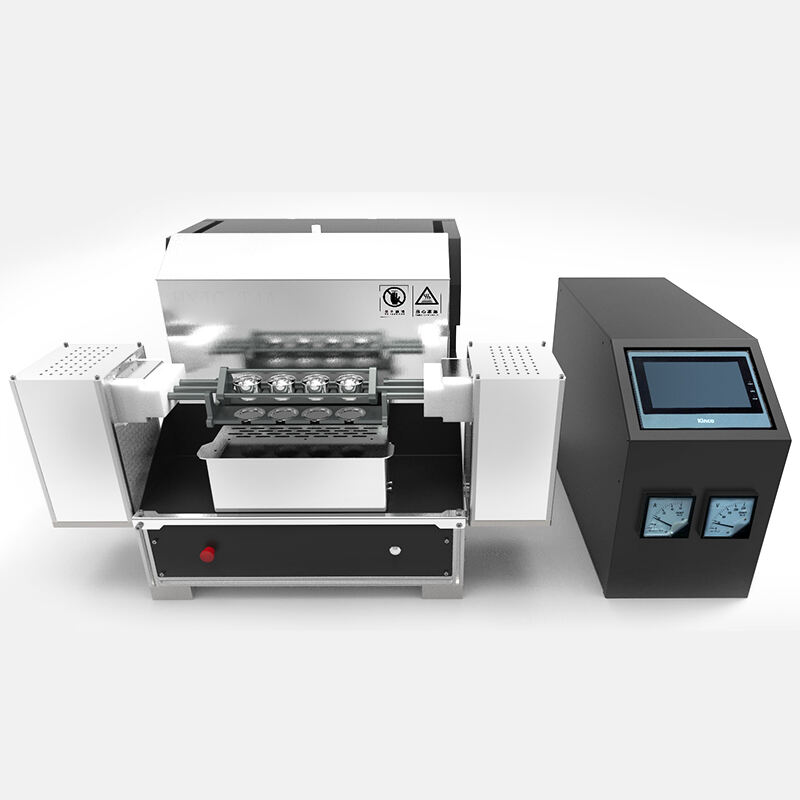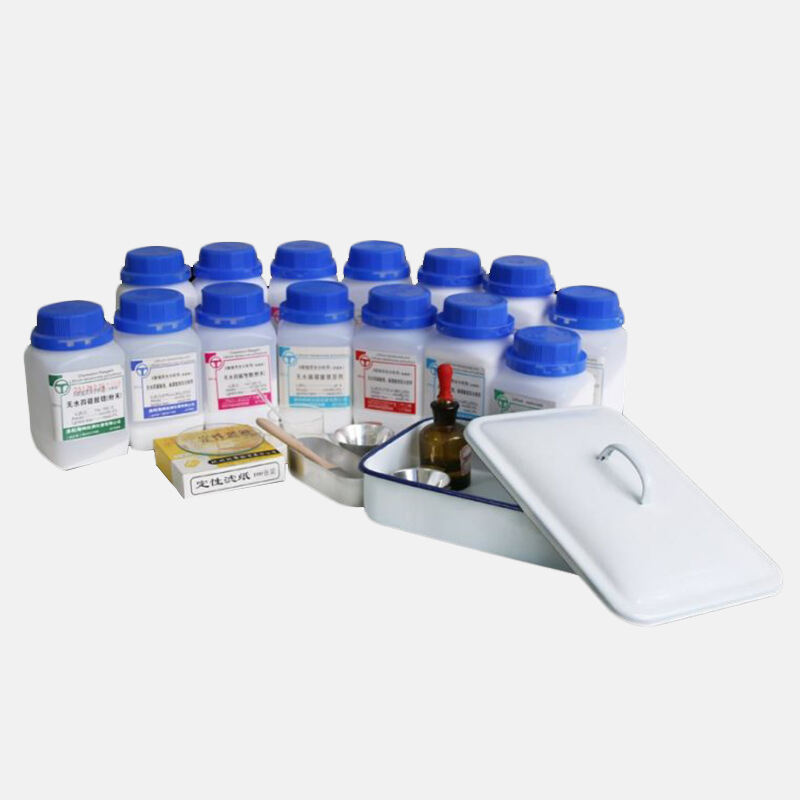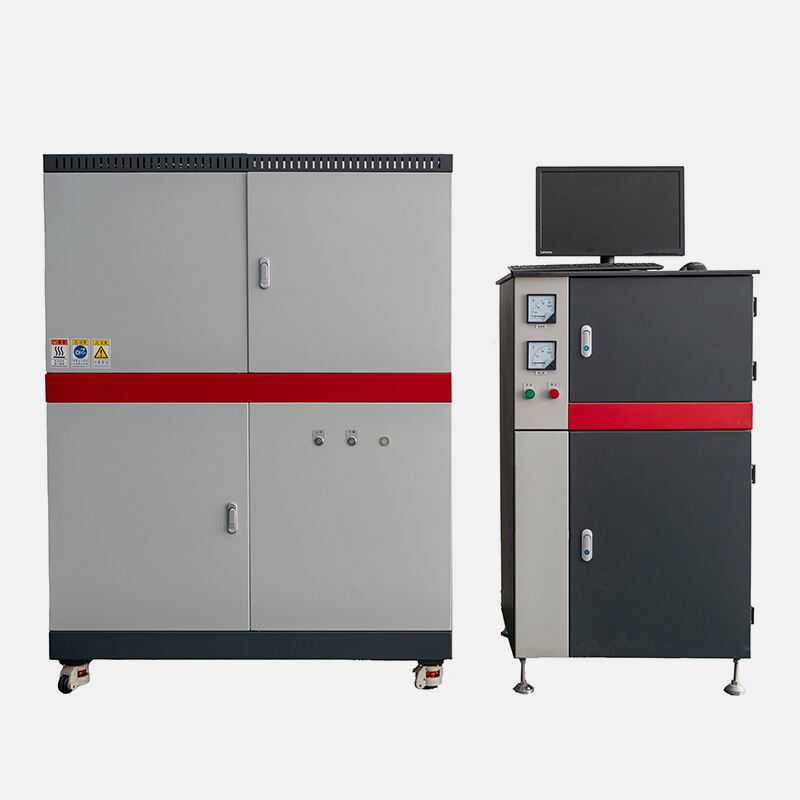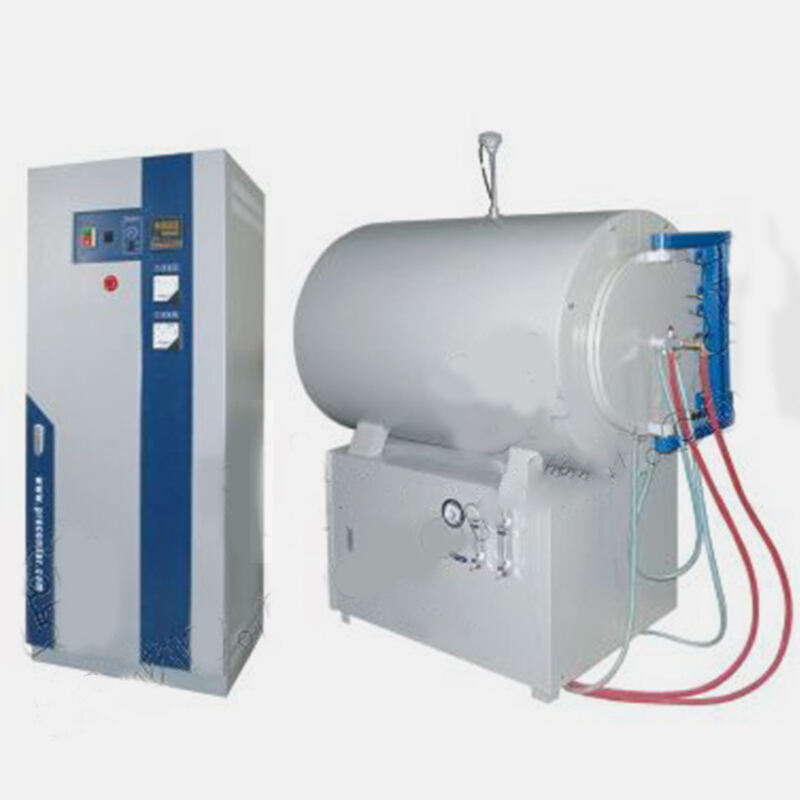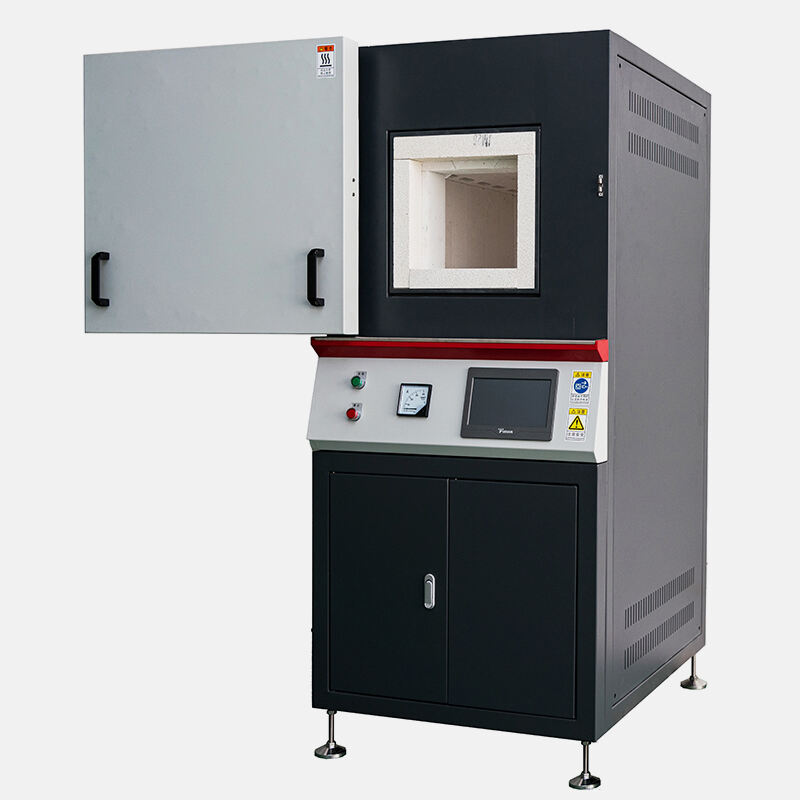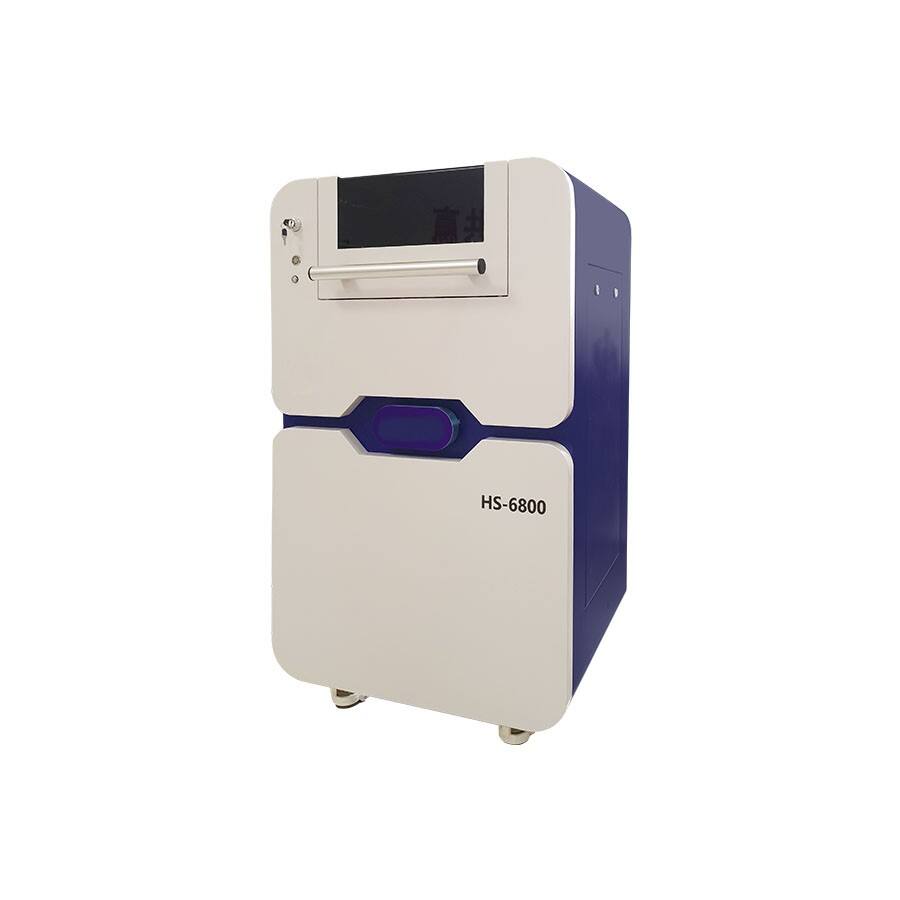
- Overview
- Parameter
- Inquiry
- Related Products
Application Areas
X-ray fluorescence spectrometer focuses on providing professional and reliable X-ray fluorescence (XRF) chemical composition analysis solutions for industries such as glass, refractory materials, metal and non-metal mining, steel, non-ferrous smelting, ferroalloys, cement, plating, petrochemicals, archaeological identification, solid waste fly ash, rock wool, etc.
Working Principle
X-ray tube---sample---characteristic X-rays of elements---qualitative and quantitative analysis of the chemical composition in the material based on the energy and intensity of the characteristic X-rays.
HNJC-XT6 Instrument Performance Characteristics
Product highlights: efficient, accurate and stable
1. Extremely low detection limit and extremely high stability
Extremely low detection limit: easily achieve accurate detection of trace elements to meet high sensitivity requirements.
Excellent stability: The system design ensures high performance and data accuracy even after long-term operation.
2. Full spectrum intelligent scanning detection method
Non-destructive analysis: Using full spectrum scanning technology, accurate element content analysis can be completed without destroying the sample.
Intelligent operation: Automatically optimize detection parameters to improve efficiency and accuracy.
3. Efficient sample processing capability
10 sample position design: 10 samples can be detected at the same time, significantly improving work efficiency.
Quick analysis: Save time and effort, suitable for high-throughput detection needs.
4. Broad element detection range covers all aspects: from gas (F) to uranium (U), meeting the detection needs of trace elements and major elements in various industries.
5. High-end configuration
High-performance detector: The detection capability of light elements is increased by dozens of times to ensure accuracy.
High-performance multi-target radiation source: Stable use for up to 50,000 hours, with both reliability and durability. 6. Careful design to protect core components
Core mechanism top-mounted design: effectively prevents physical damage and extends the service life of the equipment.
Elastic sample box design: ensures the optimal distance between the sample and the radiation source, ensuring data stability and accuracy.
Main Technical Indicators
| Spectral analysis system control and data processing system | Working environment |
| 16-bit analog/digital converter | Temperature range: 5-30℃. |
| 24-inch monitor | Relative humidity less than or equal to 80% |
| Brand computer | Dimensions |
| 512G solid state drive | Length*width*height: 700mm*620mm*1300mm |
| multi-function standard keyboard | Weight: 80kg (main unit) |
| Detection method and drawing of standard curve | Power requirements:220V±10% 50Hz |
| No standard sample analysis method (optional) can analyze the element content without standard substances. Standard curve method, theoretical coefficient method, basic parameter method, independent matrix correction and other modes of scanning analysis, custom multi-curve multi-spectrum fitting analysis, improve the test sensitivity of light elements (Na, MgAI, Si, P, S, F) Instrument debugging process: | Installation, commissioning and training |
| (1) National or industry standard samples--use standard samples to make curves | Unpacking inspection: After the equipment is transported to the installation site, the buyer and seller jointly inspect the appearance of the goods and check the quantity of the goods and accessories according to the packing list and contract attachment list provided by the seller. Installation, commissioning and training of complete sets of equipment: The seller is responsible for installation, commissioning and training of the buyer's personnelTraining content includes: operating procedures, maintenance matters, equipment maintenance, precautions; after training, the buyer's personnel should meet the requirements of independent operation and basic maintenanceThe equipment is debugged normally, and the personnel sign the "Equipment Acceptance Report" after the training is completed |
| (2) No standard samples--customers provide production samples (samples with 5-10 elements of concern and gradients)--find 2-3 domestically recognized detection structures in the industry for testing and analysis--this sample is used as a standard sample to draw a standard curve | |
| Working environment | |
| Temperature range: 5-30℃. | |
| Relative humidity less than or equal to 80% |

 EN
EN
 AR
AR
 BG
BG
 FR
FR
 DE
DE
 HI
HI
 IT
IT
 PL
PL
 PT
PT
 RU
RU
 ES
ES
 TL
TL
 IW
IW
 ID
ID
 UK
UK
 VI
VI
 TH
TH
 TR
TR
 FA
FA
 MS
MS
 UR
UR
 BN
BN
 KM
KM
 LO
LO
 PA
PA
 MY
MY
 KK
KK

